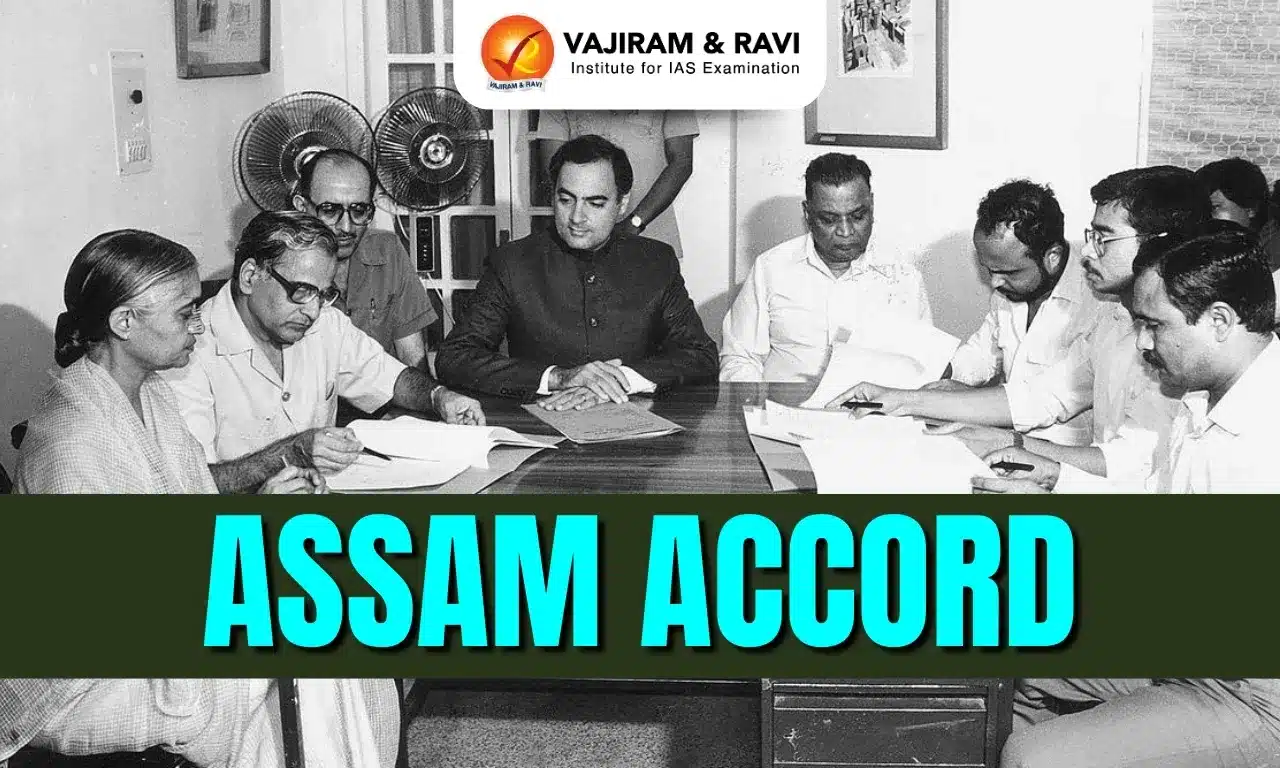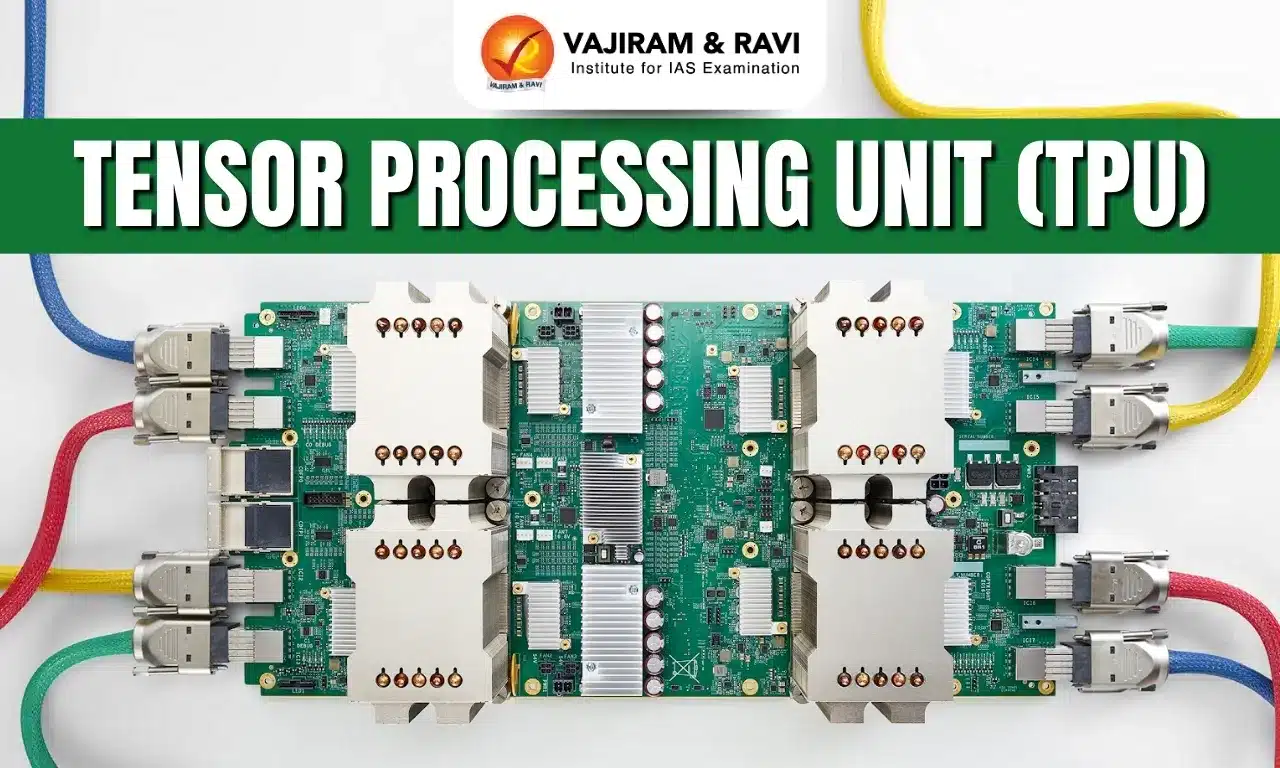About Base Editing:
- Bases are the language of life.
- Just as letters in the alphabet spell out words that carry meaning, the billions of bases in one person’s DNA spell out the instruction manual for his/her body.
- Base Editing treatment is a modification of chimeric antigen receptor, or CAR, T-cell therapy.
- But instead of using the CRISPR gene editing technique to modify the patient’s immune cells, the clinicians used the more precise base editing technique to alter donor immune cells.
- With advances in genetic technology, scientists have been able to zoom into a precise part of the genetic code to alter the molecular structure of just one base, effectively changing its genetic instructions.
- Those edited cells are given to the patient to “rapidly find and destroy T-cells in the body, including leukemic T-cells.
- Base editing is an even more precise gene editing technique than CRISPR and has fewer risks of unwanted effects on the chromosomes and thus less risk of side effects.
T-cell acute lymphoblastic leukaemia (T-ALL):
- T-ALL affects the stem cells in the bone marrow that produce a particular kind of white blood cells (WBC) called T lymphocytes (T cells).
- These cells provide a person immunity by killing cells carrying infections, activating other immune cells, and regulating the immune response.
- At least 20% of these WBC are atypical– as they accumulate in the bone marrow, they crowd out “good” WBCs and hence weaken the immune system.
- These unhealthy cells can also accumulate in other parts of the body like the liver, spleen and lymph nodes.
- While found in both children and adults, T-ALL’s incidence decreases with age.
- Treatment:
- Typical treatment for T-ALL is similar to that of any leukaemia– chemotherapy and stem cell/bone marrow transplant.
Q1) What is CRISPR?
CRISPR stands for Clustered Regularly Interspaced Short Palindromic Repeats. It is a powerful tool for editing genomes allowing researchers to easily alter DNA sequences and modify gene function. It has many potential applications, including correcting genetic defects, treating and preventing the spread of diseases amongst others.
Source: Indian Express
Last updated on November, 2025
→ Check out the latest UPSC Syllabus 2026 here.
→ Join Vajiram & Ravi’s Interview Guidance Programme for expert help to crack your final UPSC stage.
→ UPSC Mains Result 2025 is now out.
→ UPSC Notification 2026 is scheduled to be released on January 14, 2026.
→ UPSC Calendar 2026 is released on 15th May, 2025.
→ The UPSC Vacancy 2025 were released 1129, out of which 979 were for UPSC CSE and remaining 150 are for UPSC IFoS.
→ UPSC Prelims 2026 will be conducted on 24th May, 2026 & UPSC Mains 2026 will be conducted on 21st August 2026.
→ The UPSC Selection Process is of 3 stages-Prelims, Mains and Interview.
→ UPSC Result 2024 is released with latest UPSC Marksheet 2024. Check Now!
→ UPSC Prelims Result 2025 is out now for the CSE held on 25 May 2025.
→ UPSC Toppers List 2024 is released now. Shakti Dubey is UPSC AIR 1 2024 Topper.
→ UPSC Prelims Question Paper 2025 and Unofficial Prelims Answer Key 2025 are available now.
→ UPSC Mains Question Paper 2025 is out for Essay, GS 1, 2, 3 & GS 4.
→ UPSC Mains Indian Language Question Paper 2025 is now out.
→ UPSC Mains Optional Question Paper 2025 is now out.
→ Also check Best IAS Coaching in Delhi

















